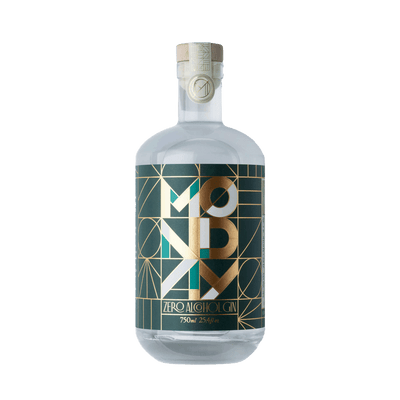Monday Spotlight: Q&A featuring Elva Ramirez, Author of Zero Proof
Monday Non-Alcoholic Spirits, Q&A featuring Elva Ramirez, Author of “Zero Proof: 90 Non-Alcoholic Recipes for Mindful Drinking”

After so many years with the Wall Street Journal, you’ve tackled a wide range of topics. How did writing “Zero Proof” come about?
An interview led to an article, which led to a book.
In early 2018, the press people from Seedlip reached out and said, “Hey, why don’t you meet Seedlip founder, Ben Branson for lunch? No pressure. Just talk to him.” So I met Ben for lunch, and found him very charming and erudite. We chatted for a very long time. I realized there was a story there, so I interviewed some bartender friends about no-proof drinks.
I published an article about the trend in March 2018. Fast forward to Sept. 2018: A book editor friend emailed me out of the blue. He said he was looking for book proposals on the zero proof movement and that my article came up when he Googled. We’d known each other for years by then, so he suggested I get an agent and submit a proposal.
In November, I got an agent. In December, I started on the proposal. January, I finished it. February: turned it in. March 2019: had a book deal with HMH. And then I was off to get it done.
You use the phrase “mindful drinking” as opposed to words like “sobriety” when covering the subject. What does that phrase mean?
Mindful drinking is just that, being mindful, or aware, of what you’re drinking. It means being intentional about how, when and what you choose to drink, regardless of what’s in the drink.
I still drink alcohol, but I do so very moderately. The momentum behind the zero-proof movement is led by moderate, or mindful, drinkers. This means people who still drink liquor but just as often choose to have alt-spirits, in the same way that people will have oat milk with their morning coffee but still enjoy dairy ice cream as well. It’s about balance, and having choices.
Mindful drinking encompasses people who drink sometimes as well as people who choose to never drink at all.
Is “mocktail” a bad word?
As someone steeped in hospitality culture, I aim to educate, not reproach. If someone is comfortable saying “mocktails,” that’s totally ok. That’s what they like. I will never tell someone they can’t use “mocktail.”
It’s not the phrase I’d choose, however. Just like there is “disco” and then there is “dance music”, mocktail represents a particular historical era with certain production values. It represents an old-fashioned take on the non-alcoholic drink. “Zero proof” is a contemporary name for today’s style of drinks.
While much of this movement feels new and fresh, your book “Zero Proof” offers a historical look at the roots of temperance. What is the precedent for the current non-alcoholic cocktail movement?
Even before America was America, people drank too much, while also worrying about drinking too much. This anxiety about “drinking too much, then taking a step back, and then drinking too much” goes back to the earliest days of the colonies.
What we’re seeing now, in the post-pandemic world, as people try to figure out how and when to drink is just a modern version of the same anxiety.
It’s the same song. The lyrics have changed, but the music stays the same. Now it’s tied up in wellness and health, but it’s not much different from the earliest temperance days.
What defines the contemporary zero proof drink?
There is only one distinction between a zero proof cocktail and a traditional cocktail. One has liquor, and the other doesn’t.
Besides that, both drinks are made with care, with quality ingredients like bitters, teas and fresh juices. Both drinks are served in gorgeous glassware that feels good in your hand. Both drinks represent where craft cocktail culture is today.
A proper non-alcoholic drink is visually indistinguishable from its boozy counterpart. You shouldn’t be able to tell from across a room who is holding what kind of drink.
A zero proof drink treats the consumer with respect. That means quality ingredients, great glassware, and thoughtful garnishes.

